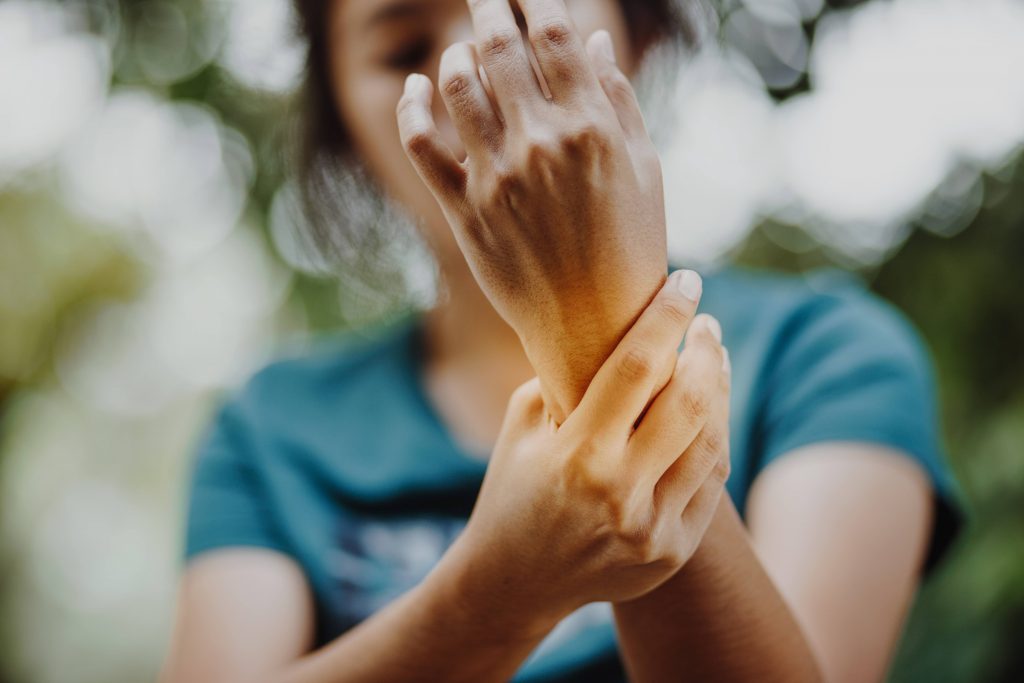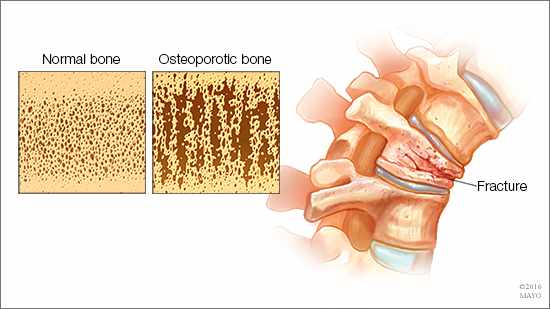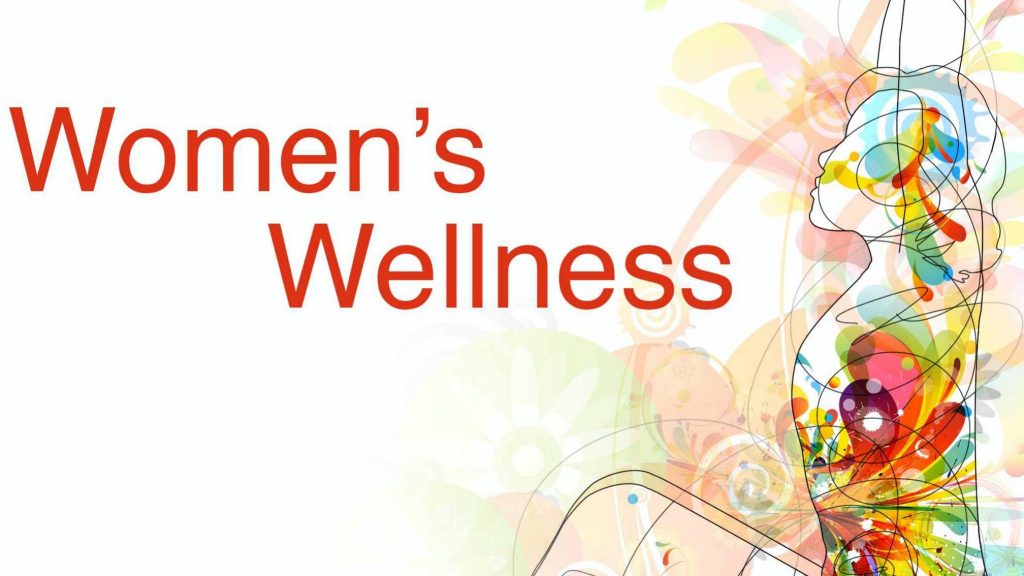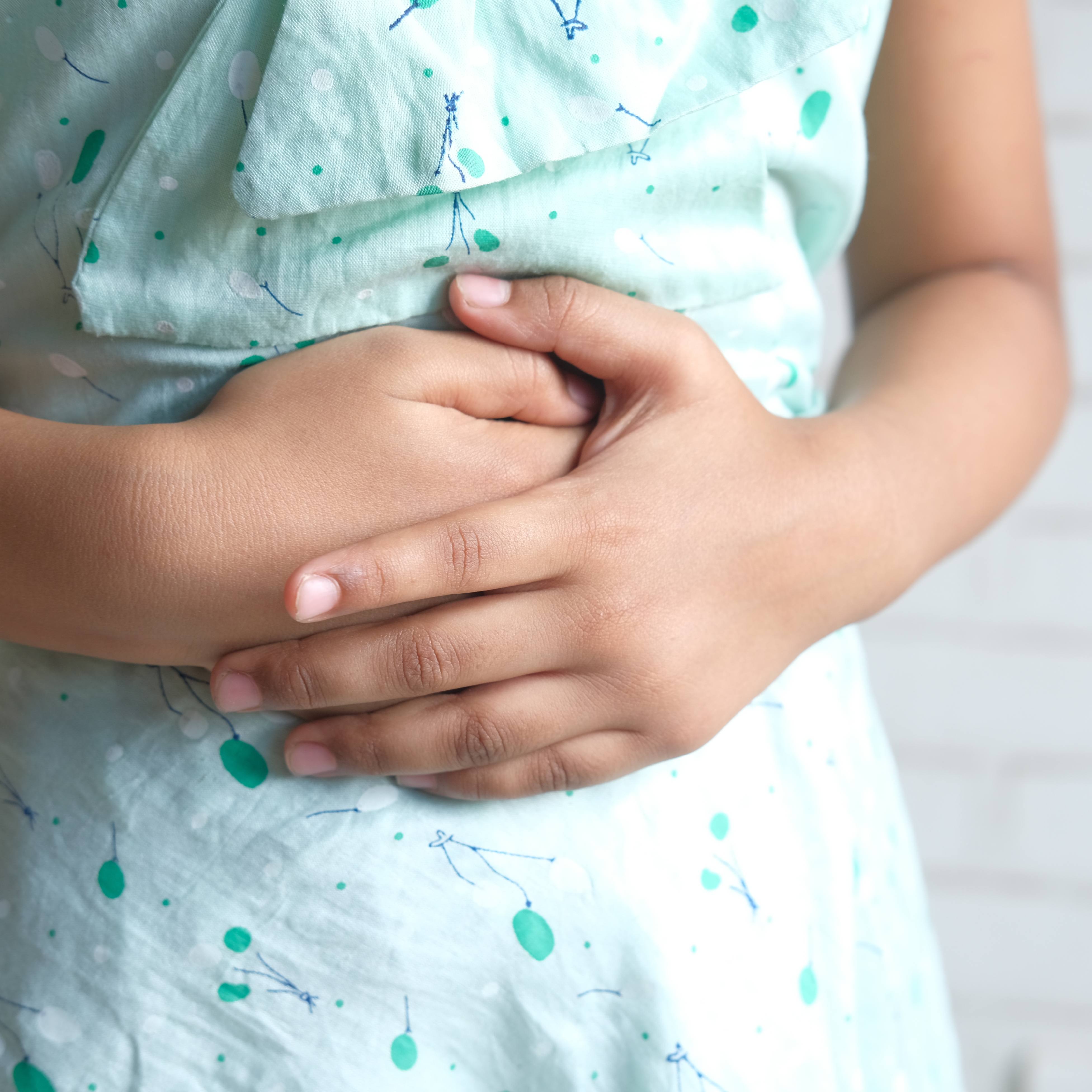-
Featured News
Women’s Wellness: Risks of osteoporosis

Some osteoporosis risk factors, such as older age, can't be changed. But others are things you can control.
You might not think of bones as being alive, but they are. Every day, your body breaks down old bone and replaces it with new bone. As you get older, however, the ratio becomes unequal: more bone is lost than gained. If too much is lost, then you can develop the bone disease osteoporosis.
Osteoporosis can cause bones to become weak, brittle and prone to break. Due to loss of bone tissue, bones that were once dense and strong can be unable to withstand the stress of even normal activity, such as bending over or coughing. Osteoporosis-related fractures most commonly occur in the spine, wrist and hip. In addition to bone fractures, osteoporosis can cause bone pain, loss of height and a stooped posture. All of these symptoms can lead to feelings of anxiety and depression.
No one can say for sure which individuals will develop osteoporosis. But research has revealed what makes some people more likely than others to develop it. That's why it's important to be aware of the risk factors — and what you can do about them.
Bone health basics
Generally speaking, the risk of developing osteoporosis and being more prone to bone fractures depends on your bone health — the size and strength of your bones and the condition of your bone tissue. Bone health is a result of how well your skeleton developed during childhood and early adulthood, as well as your peak bone mass — the maximum amount of bone tissue you have. Most people achieve peak bone mass in their late 20s to early 30s. Bone health is also affected by how rapidly bone mass is lost as you get older.

Risk factors that can't be changed
Some risk factors for osteoporosis, such as your age and family history, aren't things you can control. But just because you're at risk doesn't mean you will get the disease. You can monitor your bone health for early signs of abnormal bone loss and take steps to prevent osteoporosis or to slow its development.
These are common risk factors for osteoporosis:
Age. The older you are, the more likely you are to develop osteoporosis and the more likely you are to break a bone because of it. After you've reached your peak bone mass, it's normal to begin losing a small percentage of bone mass each year. This happens because new bone formation slows with age, while bone breakdown stays the same or increases. The internal structure of bones also begins to weaken, and the outer shell thins.
Gender. Women usually have lower peak bone mass than men do. Women also tend to live longer. So, in effect, women have less bone to lose but more time to lose it. In addition, during menopause, women experience a drop in estrogen levels, which usually accelerates bone loss. Osteoporosis is most common among postmenopausal women.
Ethnicity. Caucasians and Asians are at greater risk of osteoporosis; Hispanics and Native Americans appear to have an intermediate risk, while African-Americans have the lowest risk. These various levels of risk are based in part on differences in bone mass and bone density.
Genetics. Family history is a strong predictor of low bone mass. If your mother, sister, grandmother or aunt has osteoporosis, then you're at greater risk. But remember that having a family history of low bone mass doesn't automatically mean the same thing will happen to you. By taking steps to lower your risk, osteoporosis can be prevented.
Body frame size. Men and women with small body frames tend to have a higher risk because they usually have less bone mass to draw from as they age.
Health-related risk factors
Individual health circumstances, including health conditions and medications, can influence osteoporosis risk.
Childbearing. Pregnancy builds stronger bones by raising estrogen levels and increasing weight. Bone density decreases slowly during pregnancy and more rapidly while nursing a baby, but this bone loss recovers within six months after stopping nursing in most women.
Medications. Certain medications can accelerate bone loss and increase your risk of osteoporosis. If you take any of the following medications, then talk to your health care professional about what you can do to counteract their effects on bone health.
- Corticosteroid medicines. Long-term use of corticosteroids, including prednisone (Rayos), cortisone, prednisolone (Orapred, Prelone, others) and dexamethasone (Maxidex, Tobradex, others), lowers bone mass. If you take one of these medications for more than a few weeks, then your health care provider will likely monitor your bone density and recommend preventive measures.
- Anticonvulsants. If you take a medication to control seizures (anticonvulsants) over a long period of time, then your liver begins to metabolize vitamin D in a way that causes a deficiency of the vitamin. If you take an anticonvulsant medication, such as phenobarbital (Lumina), carbamazepine (Carbatrol, Tegretol, others) or phenytoin (Dilantin, Phenytek, others), then your health care professional may recommend vitamin D and calcium supplements.
- Thyroid medicines. When used in excessive quantities, thyroid medications such as levothyroxine (Synthroid, Tirosint, others) can cause high thyroid hormone blood levels that accelerate bone loss.
- Diuretics. These drugs prevent fluid buildup in your body. But by doing so, certain diuretics can cause the kidneys to excrete too much calcium, leading to weaker bones.
- Other drugs. Certain blood thinners, such as heparin, can cause bone loss when used over a long period of time. So can aromatase inhibitors, a class of drugs used to treat breast cancer, and drugs that are used to treat endometriosis and prostate cancer (gonadotrophin-releasing hormone agonists).
Medical conditions. Certain medical conditions can increase the risk of osteoporosis by slowing bone formation or speeding up bone breakdown. They include:
- Endocrine disorders, such as hypogonadism, overactive thyroid (hyperthyroidism), hyperparathyroidism, Cushing's syndrome and diabetes
- Gastrointestinal disorders, including Crohn's disease, celiac disease, lactose intolerance and liver disorders such as primary biliary cirrhosis
- Rheumatoid arthritis
- Absent or infrequent menstrual cycles in women of childbearing age
Gastrointestinal surgery. Surgery to reduce the size of the stomach or to remove part of the intestine limits the ability of these organs to absorb nutrients, including calcium.
Risk factors you can change
Although the risks may seem daunting, it's important to realize there are some risk factors for osteoporosis that you can control. It's never too late to do something about your bone health.
Low calcium and vitamin D intakes. A lifelong lack of calcium plays an important role in the development of osteoporosis. Low calcium intake contributes to diminished bone density, early bone loss and an increased risk of fractures. Because vitamin D is essential for calcium absorption, chronically low levels can contribute to osteoporosis. Some studies suggest that large portions of the U.S. population may have low levels of vitamin D. But the data is difficult to interpret, because the definition of what constitutes deficiency can vary. Still, it's a good idea to have your vitamin D level checked if are in one of the categories of higher risk of deficiency.
Eating disorders. Severely restricting food intake and being underweight can weaken bone.
Lack of physical activity. Regular physical activity is key to preventing osteoporosis and fractures. Lack of exercise accelerates bone loss; whereas, weight-bearing exercises such as walking and resistance training can increase or at least maintain your bone density at any age.
Smoking. Here's another good reason to quit — smoking is bad for your bones. Smoking interferes with the production of estrogen and testosterone, which are needed to build bone. Smoking also disrupts calcium absorption.
Alcohol use. Alcohol delivers a double whammy to your bones, putting a damper on bone building and stimulating the bone loss process. If you choose to drink alcohol, do so in moderation. For healthy adults, that means up to one drink a day for women of all ages and men older than age 65, and up to two drinks a day for men age 65 and younger.
Learn more:
Women’s Wellness: Bone density in women
Mayo Clinic Minute: What’s a bone density test?

Related Articles







